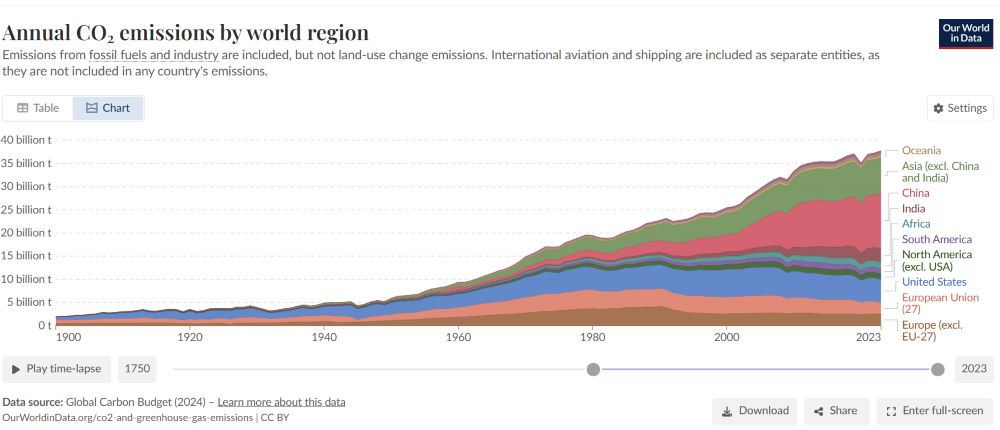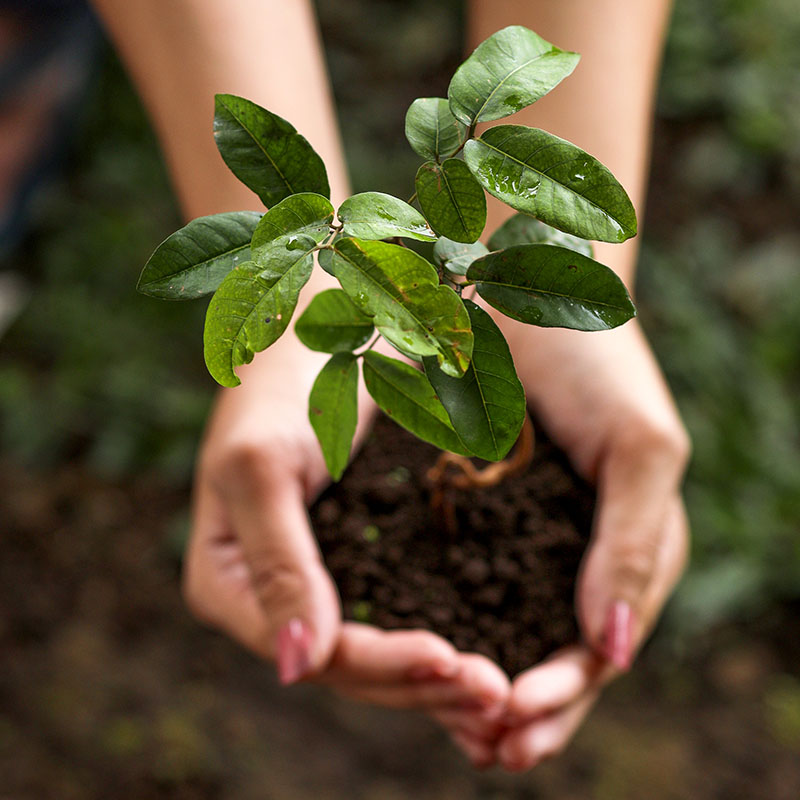I’ve had my two morning mugs of coffee and I’m about to cut into an orange. I plan to have a tomato salad and salmon for lunch. But with the looming impact of climate change on the foods I love, how much longer can I count on those foods, my dark chocolate, corn tacos, wine, and just the basic staples of rice, wheat, potatoes and peanuts?
One of the scariest impacts of the weather disasters that are increasing with climate change is the corresponding reduction of agricultural yields. Back in September 2016, Earth Island Institute Journal began warning us with 7 Popular Foods That Might Disappear Because of Climate Change. Writer Abbie Mood noted, “Coffee-producing countries are seeing their yields decline already. If temperatures continue to increase, 80 percent of the land in Brazil and Central America, where the most popular coffee bean, Arabica, is currently grown, will be unsuitable by the year 2050.”
Beer, Maple Syrup, Shellfish, Salmon & More – All at Risk
Another beverage affected is beer, wrote Ms. Mood. “Warmer temperatures and extreme weather in the Pacific Northwest are damaging hop plants, which means lower yields…Clean water is also becoming an issue in the west with droughts and reduced snowpack.”
Enjoy maple syrup on your pancakes? I do, “But every year the syrup season gets shorter and shorter, because the days are too hot and the nights aren’t cold enough for the trees to produce syrup.” Love to eat shellfish? Lobster yields are in jeopardy. I’m allergic to shellfish, so I like to eat fish like salmon. But Mood cautions again, “With salmon, higher water temperatures are pushing up the spawning cycle and increasing the mortality rate for the eggs and the fry.”
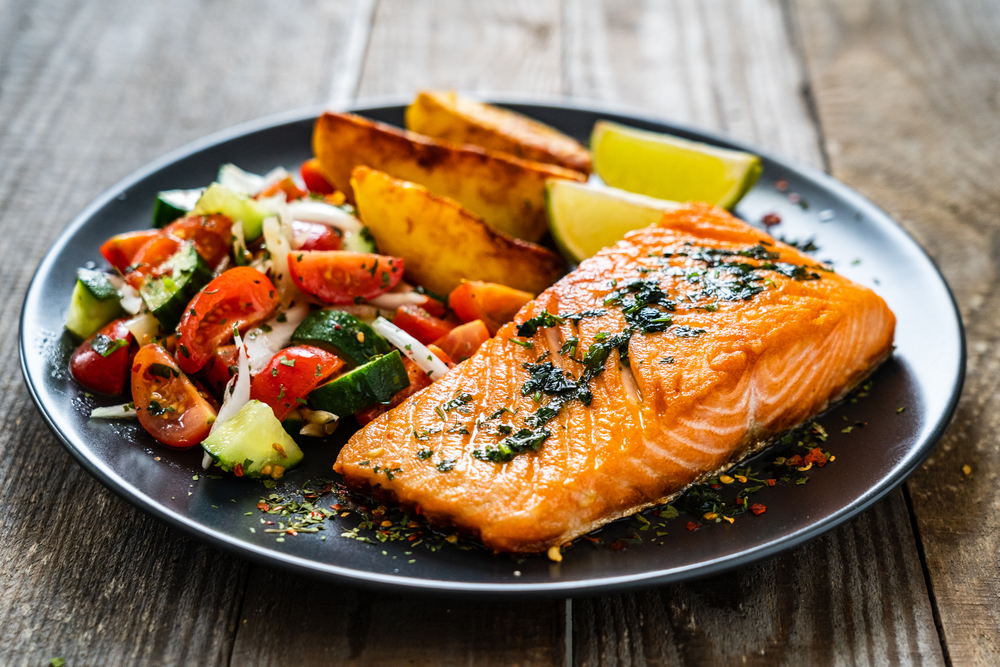
One possible way to keep feeding the growing world population involves looking to the past. Mood writes, “Some farmers and researchers have started looking into bringing back ancient or near-extinct crops that might be better suited for this new reality.”
How Farms Produce Greenhouse Gases
In Food and Climate Change: Healthy diets for a healthier planet, the United Nations Climate Change website notes that our current agricultural practices are one source of climate change. “The largest chunk of food-related greenhouse gases comes from agriculture and land use. This includes, for instance:
- methane from cattle’s digestive process,
- nitrous oxide from fertilizers used for crop production,
- carbon dioxide from cutting down forests for the expansion of farmland,
- other agricultural emissions from manure management, rice cultivation, burning of crop residues, and the use of fuel on farms.
A much smaller share of the greenhouse gas emissions of food are caused by:
- refrigeration and transport of food,
- industrial processes such as the production of paper and aluminum for packaging,
- the management of food waste.
Animal-based foods, especially red meat, dairy, and farmed shrimp, are generally associated with the highest greenhouse gas emissions.”
Some Possible Solutions in the Works
There are some ways to cut into this vicious climate change cycle in farming. In August 2023, Axios addressed some potential solutions in The climate wrecking ball striking food supply. The article says, “…efforts to develop climate-resilient varieties of major crops are among leading adaptation measures pursued across the public and private sector.” In addition, “Other emerging solutions include an increasing reliance on less-familiar crops that require less water — like sorghum, an ancient grain with drought-tolerant properties, Civil Eats reported.”
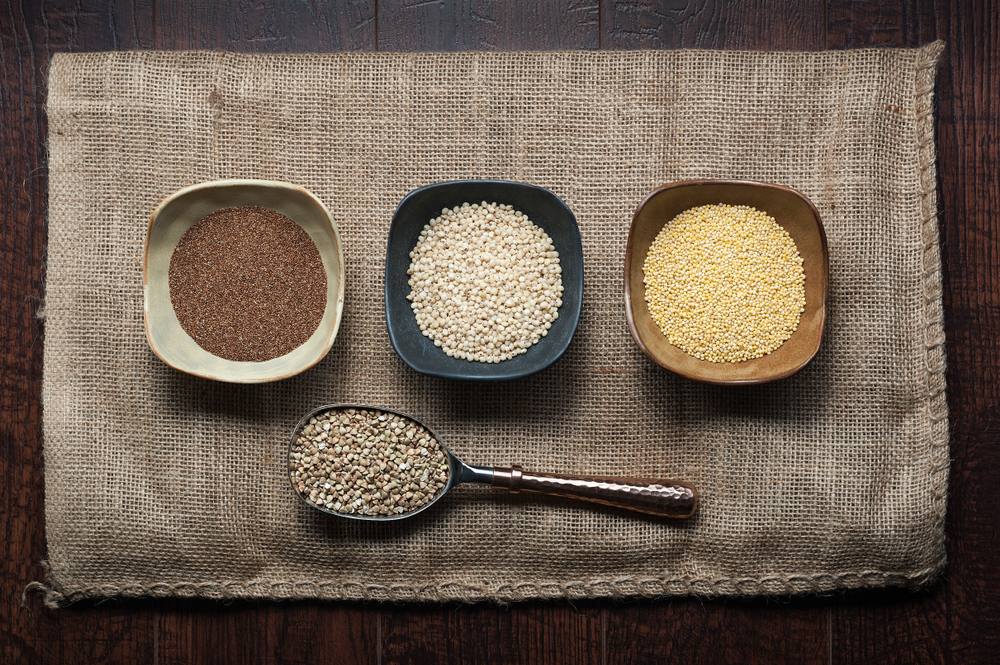
Sorghum, millet, and teff offer hardy alternatives to grains at risk from climate change.
In my September 9, 2023 blog post, “New Farm Tools Can Fight Climate Change,” you can learn about additional ways that agronomists and researchers are combatting the climate crisis.
But the global agricultural economy needs to take more drastic measures more quickly to keep the food supply intact. Wired magazine’s December 2023 article, The Foods the World Will Lose to Climate Change, looked at the devastating impacts of climate change on farming seen last year.
“In the spring, the United Kingdom and Ireland experienced a shortage of tomatoes after extended cold weather in Spain and Morocco cut into harvests, and the price of the fruit rose 400 percent in India after crop failures. In June, potato farmers in Northern Ireland said dry weather had shorted their harvest by 4.4 million pounds. In India, torrential rains left farmers unable to harvest corn for livestock feed. In September, agricultural authorities in Spain said the country, which leads the world in olive oil production, would have a below-normal harvest for the second year in a row. In October, authorities in Peru, the world’s leading exporter of blueberries, said that the crop would be half its normal size. Meanwhile, in Europe, Australia, and South America, wine production fell to the lowest levels since 1961.”
Planning for Sustainable Farming Worldwide
When heat has made it impossible to continue raising crops like corn, wheat, rice and soybeans in some regions, farming has shifted northward for cooler temperatures. But that has its limits. Finding plants that can endure increased heat is one other solution with potential. In December 2023, the agricultural sector was a focus at the United Nations Climate Change Summit, known as COP28, held in Dubai. Wired pointed to the summit’s “134-country pact to integrate planning for sustainable agriculture into countries’ climate road maps.”
In 2021, even Rolling Stone magazine warned of the farming challenges in its article, These Foods are Already Impacted by Climate Change. Their report focused on wheat threatened by drought and rising carbon-dioxide levels, sardine larvae dying in rising ocean temperatures, almond crops dying of thirst, and chickpeas vulnerable to drought. There were bits of good news in the article, such as, “In 2020, the USDA released three new peach varieties bred to survive shorter, warmer winters.”
As Axios has reported, the effects of the El Niño of 2023-2024 have amplified the climate change impacts on farming that have been increasing for many decades.
Home & Community Gardens Can Help
So what can we do as individuals? One recommendation is to focus on home and community gardening to supplement the food we buy at the grocery store. Such gardens can also contribute to a more sustainable environment when using Climate Friendly Gardening tips like these from Washington State University.
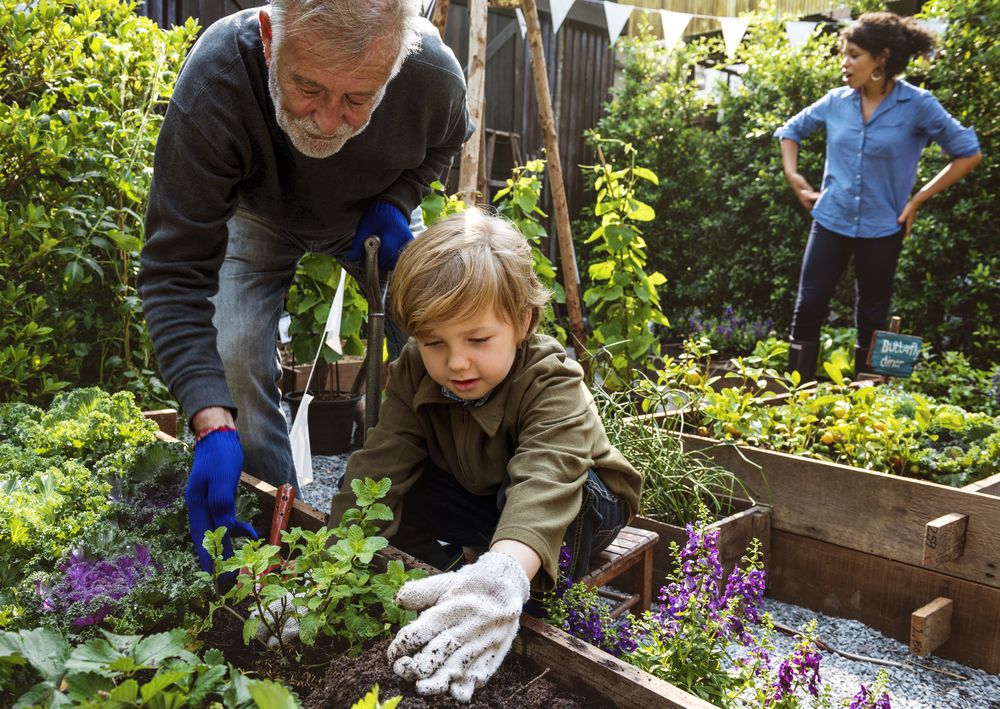
In addition to growing your own food, a recent study reported in the Anthropocene Daily Science newsletter found that urban gardening and farming can have many additional benefits, such as reducing carbon emissions. The article, The first large-scale study to quantify the carbon footprint of urban farming yields surprises offers these findings:
“One striking stat from the study showed that a raised vegetable bed that lasted only five years had a carbon footprint four times higher than one that remained in state for 20 years. ‘In addition to extending the lifetimes of urban farms and gardens, we note that food growers can save carbon by using reclaimed materials to build their infrastructure,’ Hawes says. Smart crop selection is another way to bring down carbon emissions, perhaps by focusing urban farms to specialize in crops that typically travel long distances or are greenhouse-grown, producing them locally with reduced inputs instead. Recycling urban waste streams into compost is another way to offset carbon costs, the study suggests.”
For more helpful resources about home and community gardening, check with your regional or state Cooperative Extension institution.
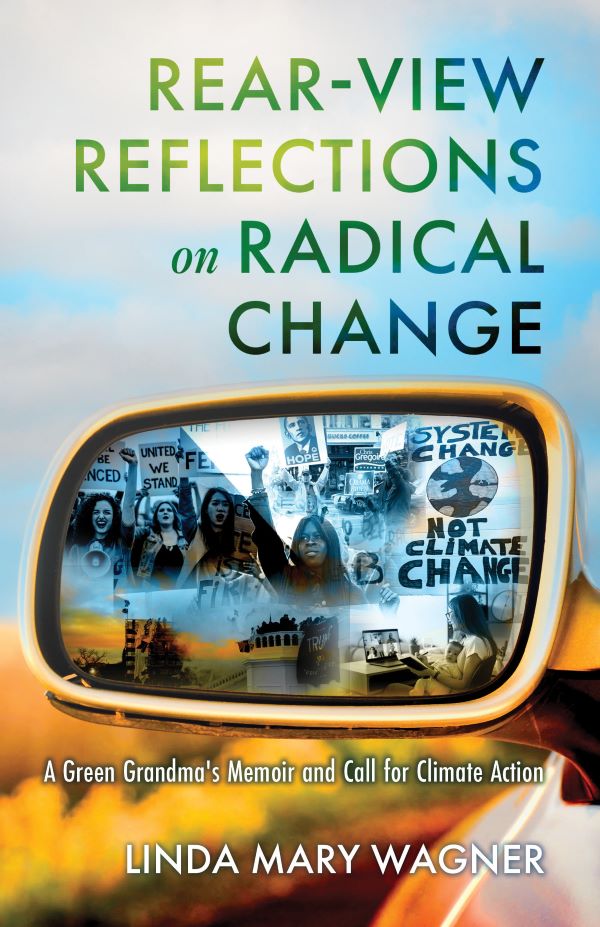
Be on the lookout for a link to pre-order Green Grandma’s upcoming book!







